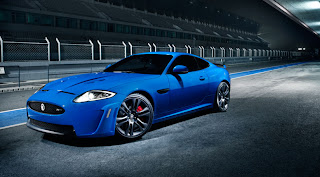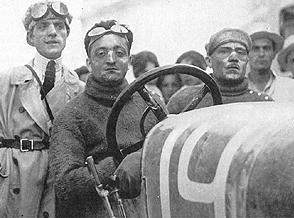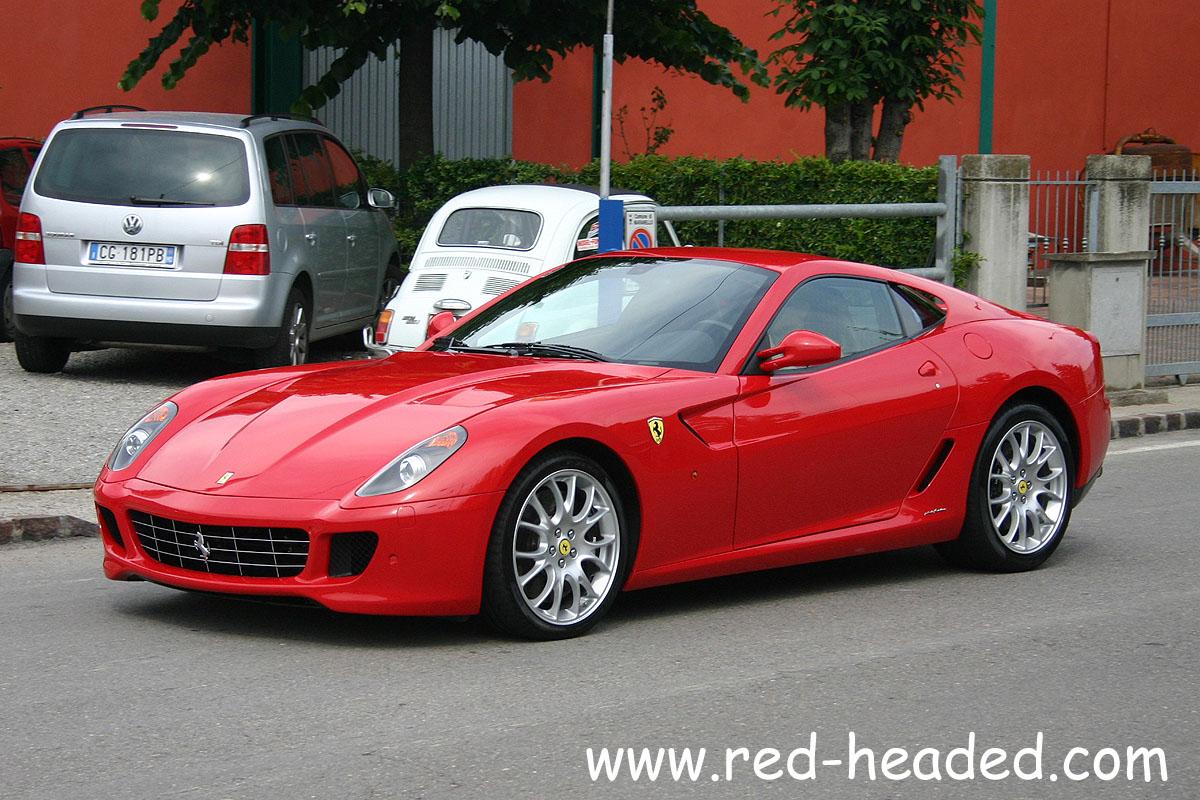

Stuart Martin road tests and reviews the Ferrari 458 Italia, with a lap at the company’s track in Fiorano. 
Ferrari has taken its two-seater V8 sports to new heights with the 458 Italia, but there's no manual in sight. 
Sharing some of the California's drivetrain, albeit with upgrades to suit the harder-core performance aspect of the coupe, the 458 is only being offered only as a double-clutch automated seven-speed manual when Australian deliveries start mid-2010, so low was the demand for 430 manuals. 
The company says the 458 - expected to cost as much as $600,000, or 10 per cent more than the 430 - completes the new generation Ferrari range, boasting better environmental credentials accompanied by more power and better performance.
The 458 is largely focussed on the driver, with the remainder of the cabin laid bare - the driver gets a steering wheel that has the bulk of the features now mounted on it, moving lights, indicators, windscreen washer/wiper function to the steering wheel, as well as the start/stop engine button, the independent damper switch and the all-important Manettino toggle.
That system controls the suspension, stability control and drivetrain via the one ECU, which Ferrari says allows the systems to work together for quicker response times.
The aluminium-spaceframe vehicle, which was developed with input from Michael Schumacher, sits on a double-wishbone front and multi-link rear suspension, with some similarity to the underpinnings of the California - but some of the suspension has been altered for 458 Italia duty, including the bushing.
The 458 is also stiffer than the outgoing 430 Scuderia, boasting only 30 extra kgs but with 50 more kiloWatts and 70 additional Newton metres of torque on hand, it's quicker than the outgoing sports model.
The alloy direct-injection engine is now 4.5-litres, with work done to reduce internal friction as well as using a dry sump and oil scavenger system, producing 425kW at a manic 9000rpm and 540Nm at 6000rpm, although 80 per cent of that is available from 3250 through until 9000rpm.
The sprint to 100km/h takes less than 3.4 seconds, it brakes from that point to standstill in 32.5 metres thanks to standard carbon-ceramic brake discs and a 1380kg kerb weight and the top speed is around 325km/h.
The car has also benefitted from considerable aerodynamic work, managing to cut drag - it's cD is 0.33 - but at the same time generating solid levels of downforce at speed - 360kg of downforce is being generated at the top speed of 325km/h.
Flexible front winglets, rear diffusers and subtle venting across the length of the body are all part of a complex aerodynamic package that aim to give the car ample track stability at speed.
Driving the car on its local Italian roads and the test track at Fiorano where much of the development work was done, the 458 feels well-sorted. The road drive revealed the latest incarnation of the magnetorheological controlled damping system deals well with ride quality, as well as tightening up appropriately when asked.
The engine sounds a little less inspiring at mundane speeds, but the drivetrain doesn't baulk at suburban dawdling.
But bury the right foot and the active exhaust brays with intent as the V8 spins with ferocious intent to 9000rpm - only race mode will stop the gearbox changing up at the limiter, but the pace at which the horizon closes in on the sharp nose of the 458 is astonishing.
On the Fiorano test track, the 458 is no less astonishing - the full throttle noise borders on a physical assault and the electronics are kept busy on a greasy track, but it feels cohesive and unlikely to bite, unless you switch all the electronics off - but we didn't.
There's little that occurs beneath the wheels that the driver is not aware of, but the talents of the car are best shown by the Ferrari test drivers, who demonstrate the 458 Italia's considerable potential.





































































